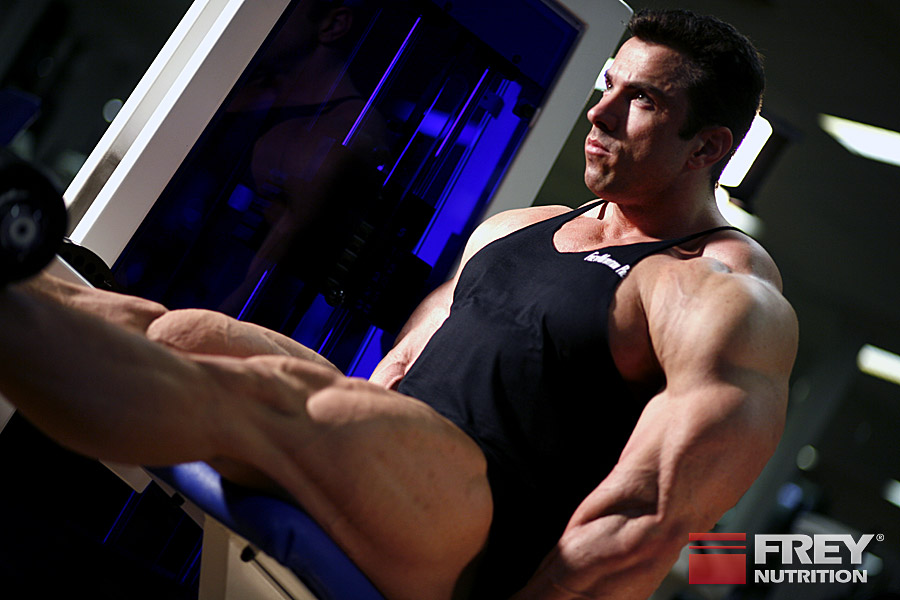DOWN FROM THE NEVER-ENDING PERFORMANCE PLATEAU.
?
I am 1.89 meters tall and weigh 84 kilos. I don't know my body fat percentage exactly. But I'm not fat - I'm rather well-trained, as I do a lot of sport. I have a little bit of love handles that I want to get rid of. But I would much rather build more muscle mass in my legs and overall. I've been going to the gym four times a week for years. But I still feel like nothing is changing. What can I do to achieve lasting success more quickly?ANSWER
!

You should divide the 3500 kilocalories as follows:
To build muscle mass, higher repetitions of 15 to 20 are more effective in leg training.
You should follow the following basic rules:
** WH = repetitions But that's not all: When training, concentrate fully on the repetitions you have to complete. This means you should be able to visualize the movement sequence. By concentrating as much as possible on the muscle you are training, you create further positive stimuli for muscle building.
There are no rules for the third point - discipline. In simple terms: it is your personal ability to do something correctly and consistently.
"I recommend a maximum training time of 60 minutes and up to ten sets for large and up to six sets for small muscle groups." (Quote: A. Frey)
In terms of the desired leg muscle building that you mentioned, I think a higher rep count (15 to 20) is more promising than a lower one. This also eliminates a large part of the risk of injury that comes with exercises like squats and deadlifts. Incidentally, it is not necessary for squats and deadlifts to determine your training plan. Although these exercises trigger a great growth stimulus, they are still considered dangerous, especially when performed with a lot of weight.
Nowadays there are very good and stable machines that can replace squats and deadlifts and still provide high-intensity training.
The primary goal in bodybuilding should not be to reach the genetic limit in the shortest possible time, but to be able to perform the sport healthily and safely in the long term.
I wish you much success on this path!













